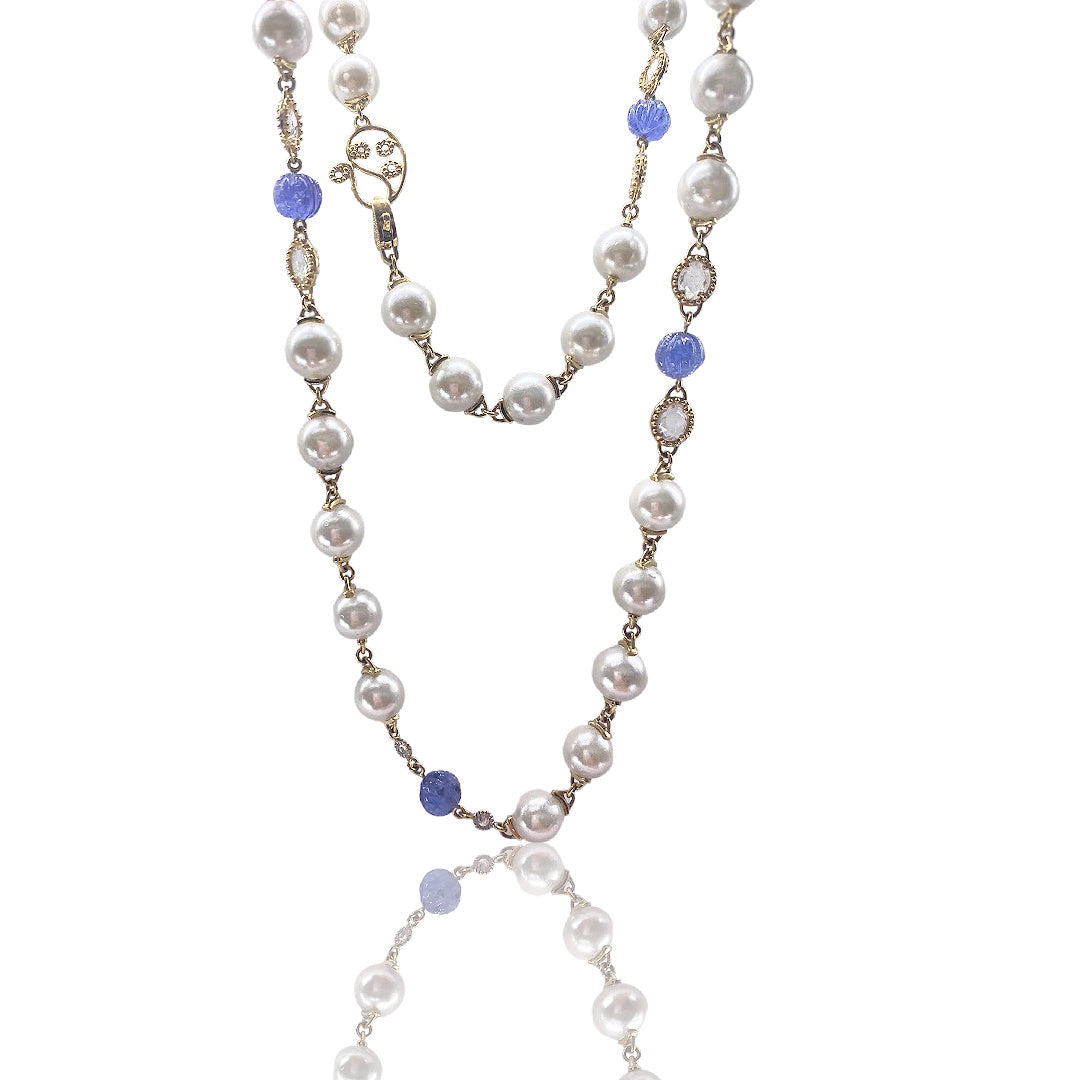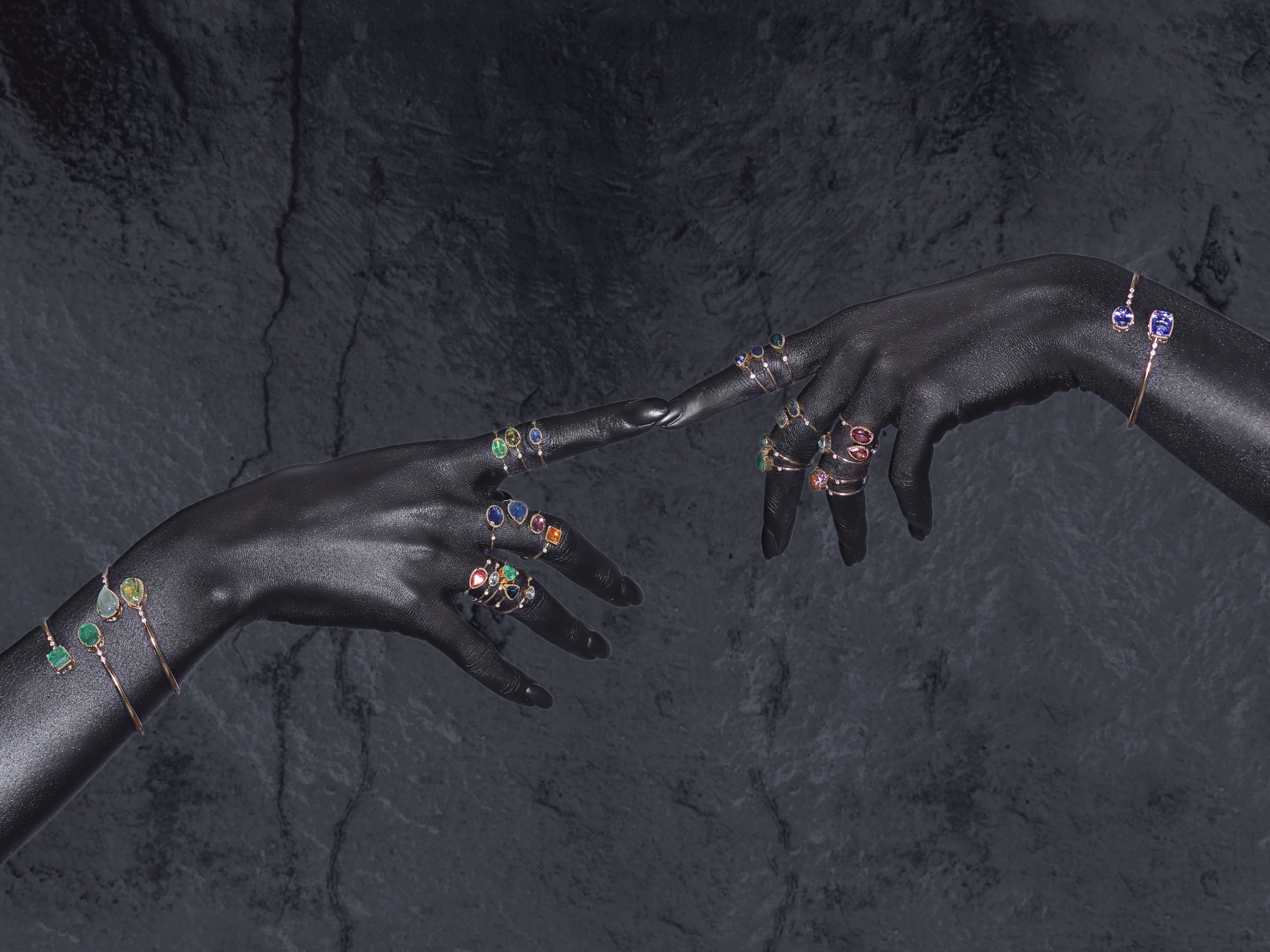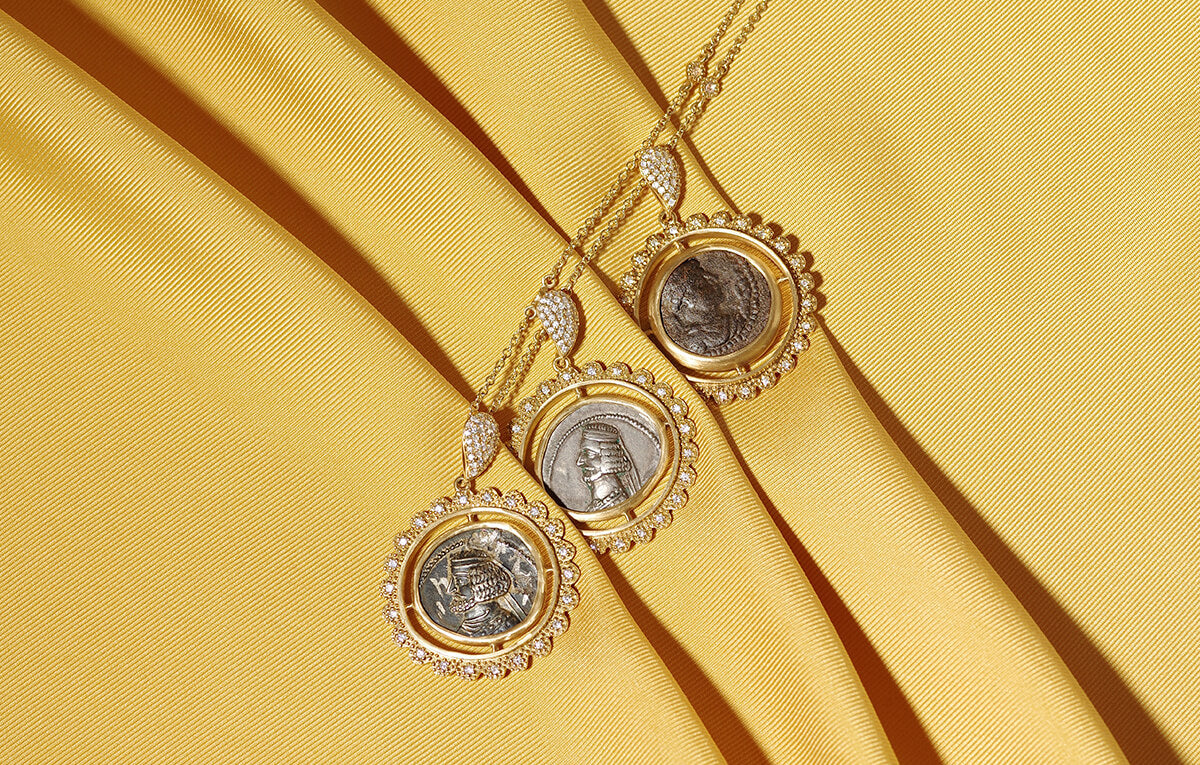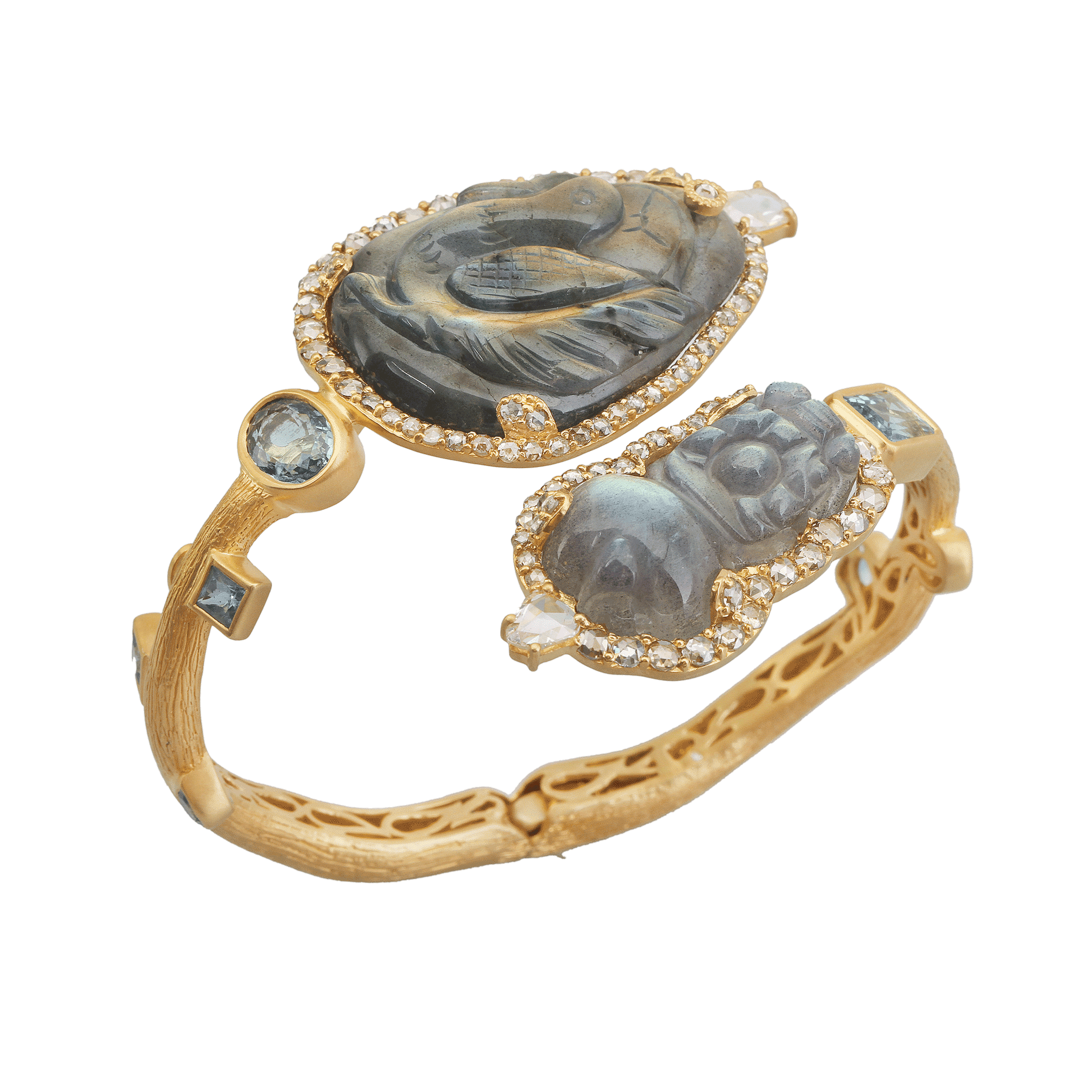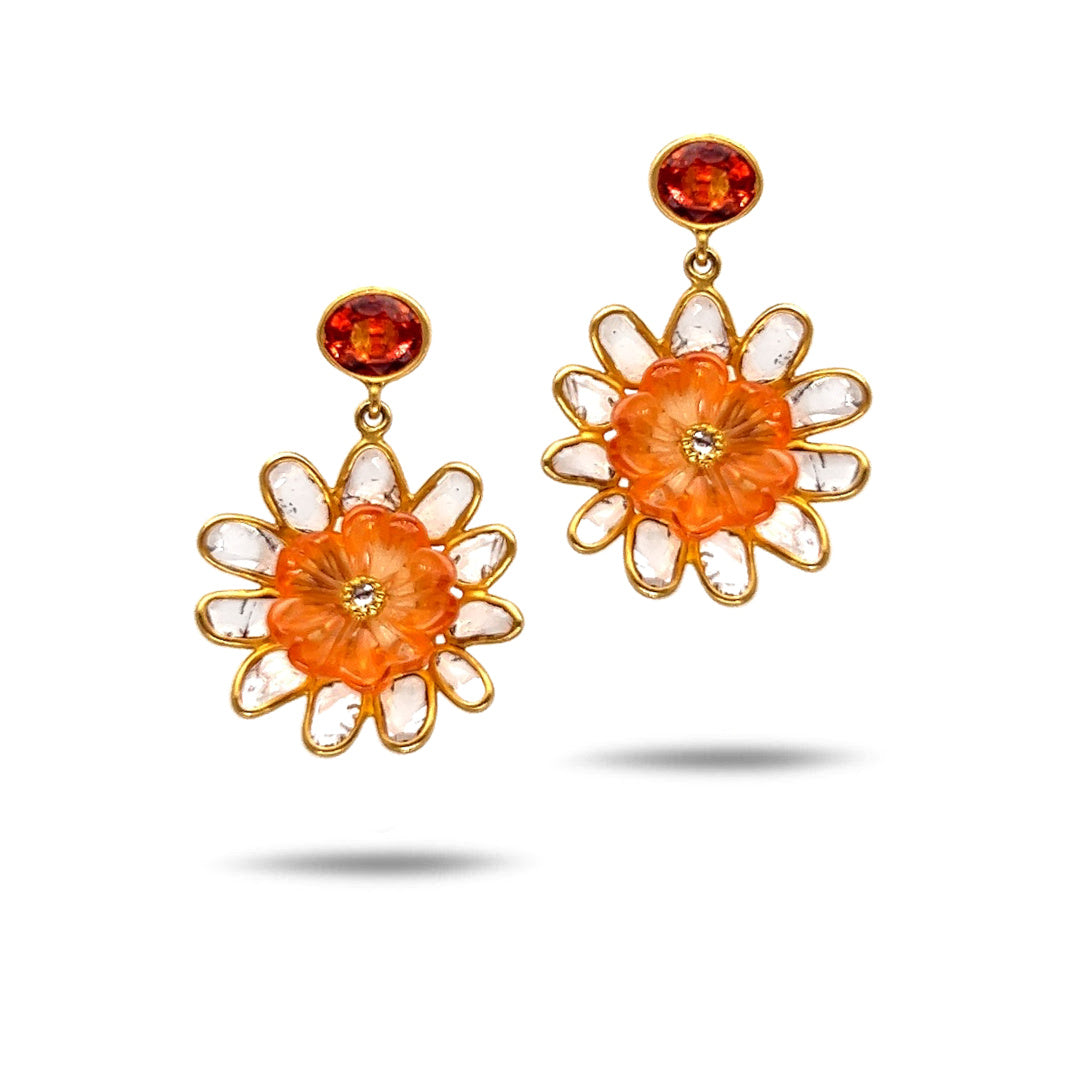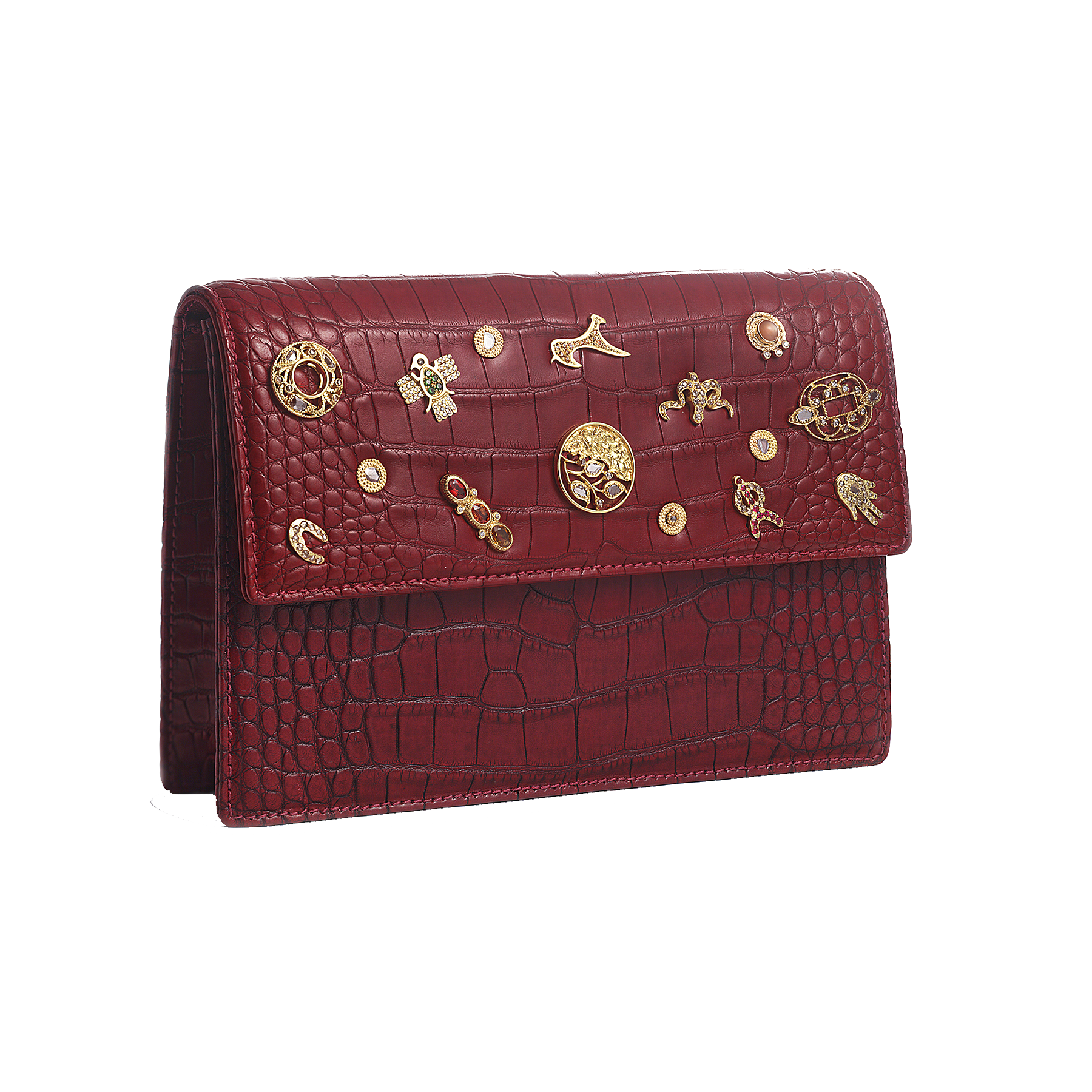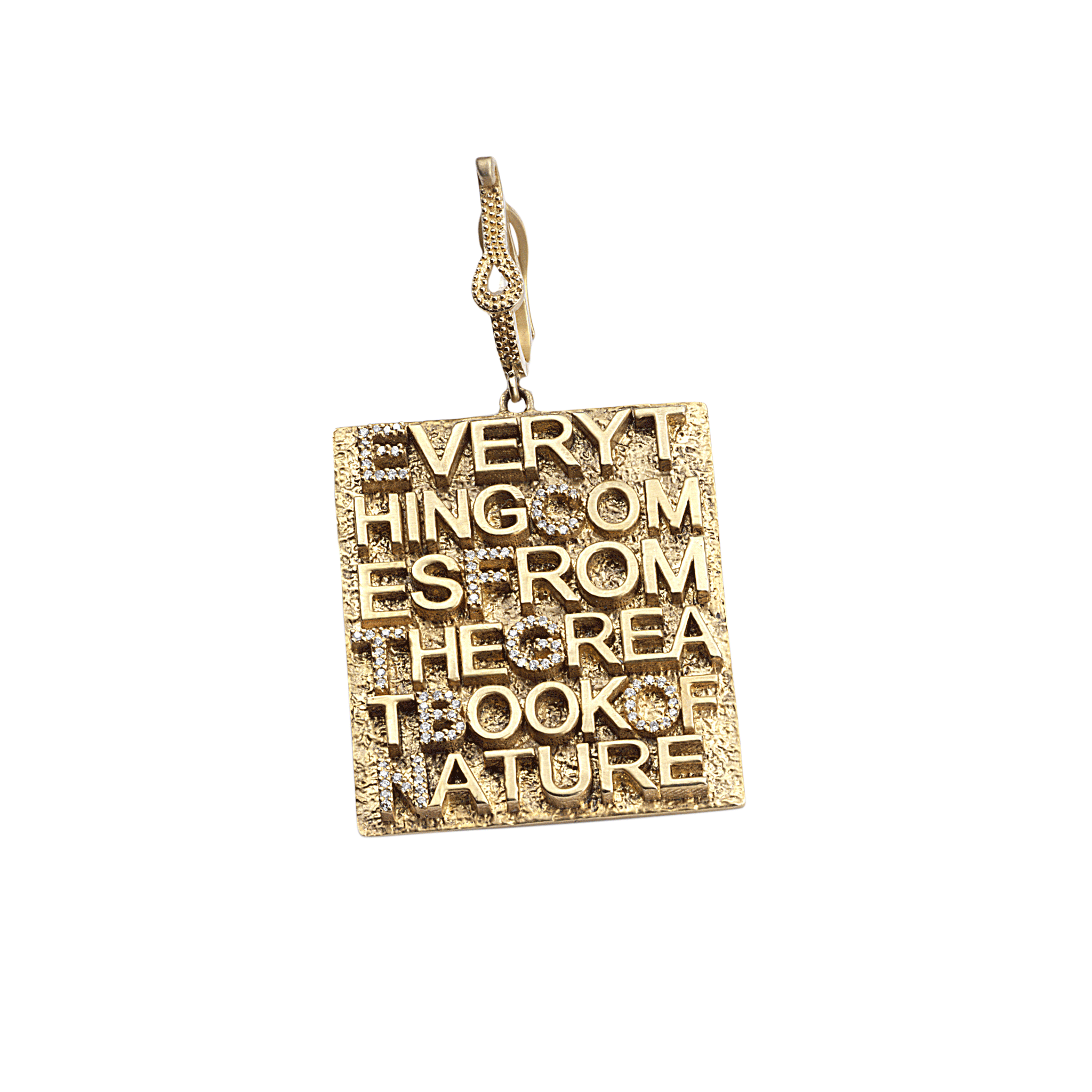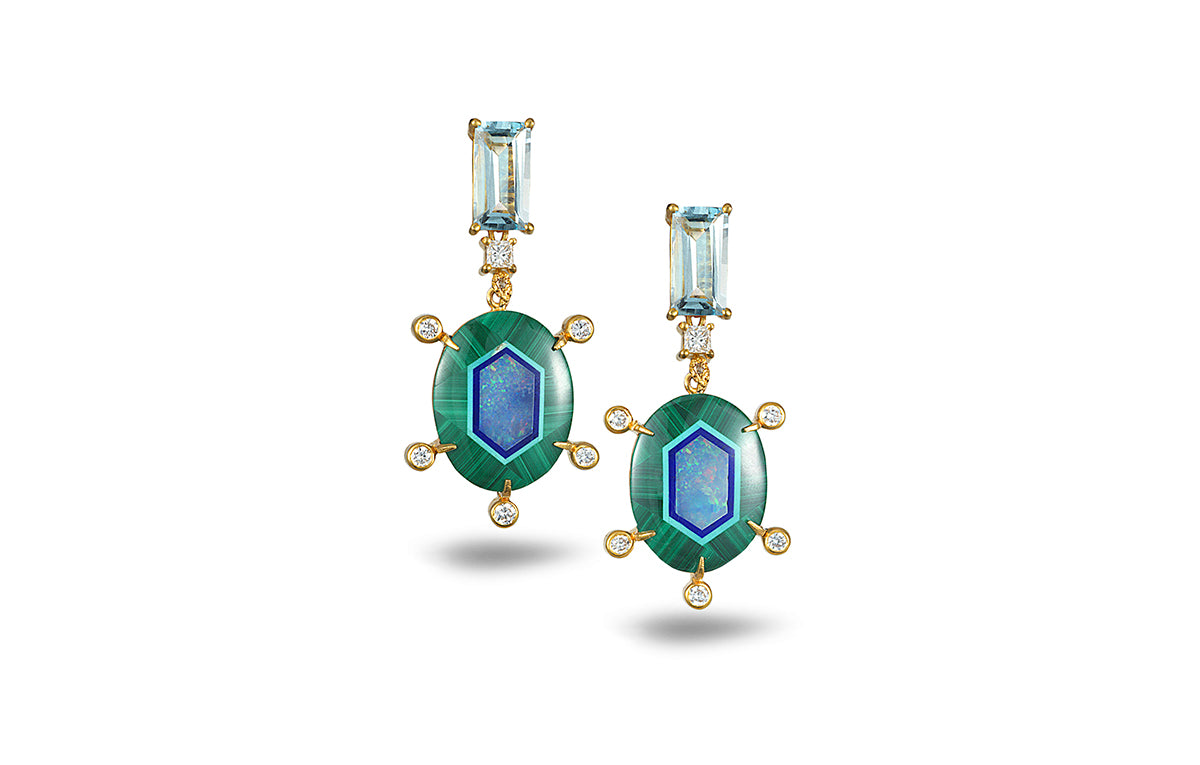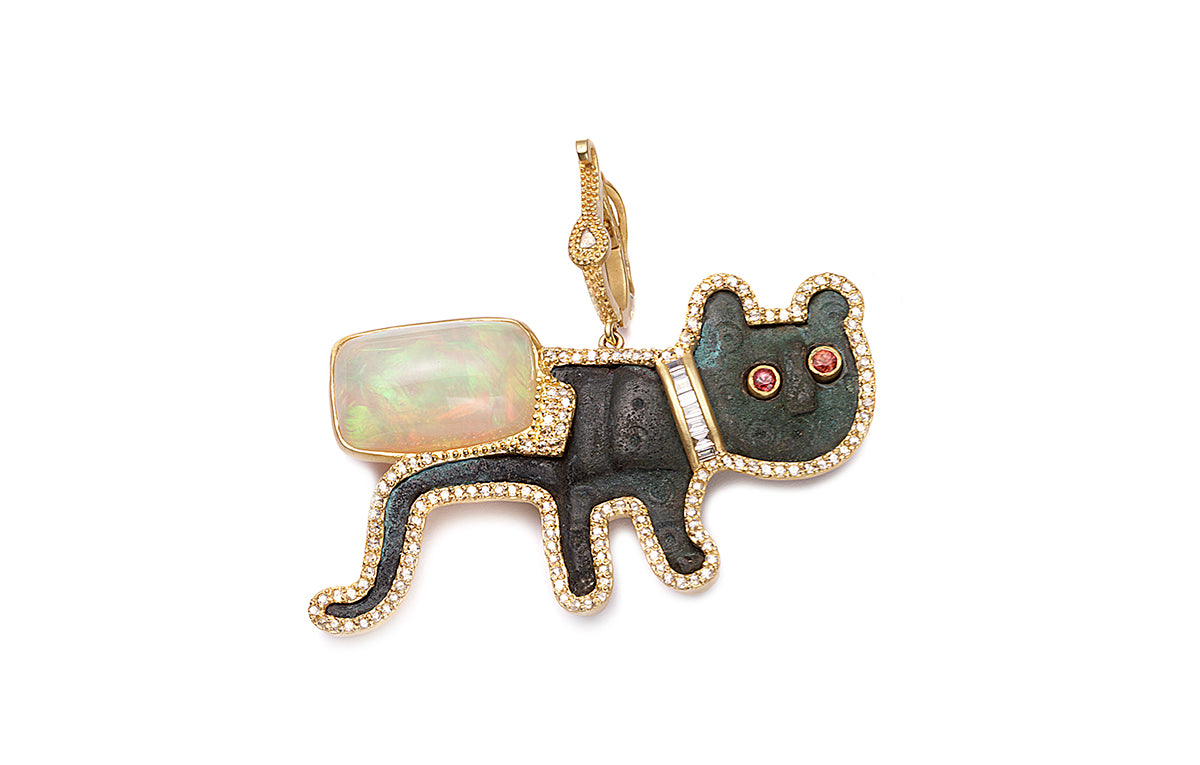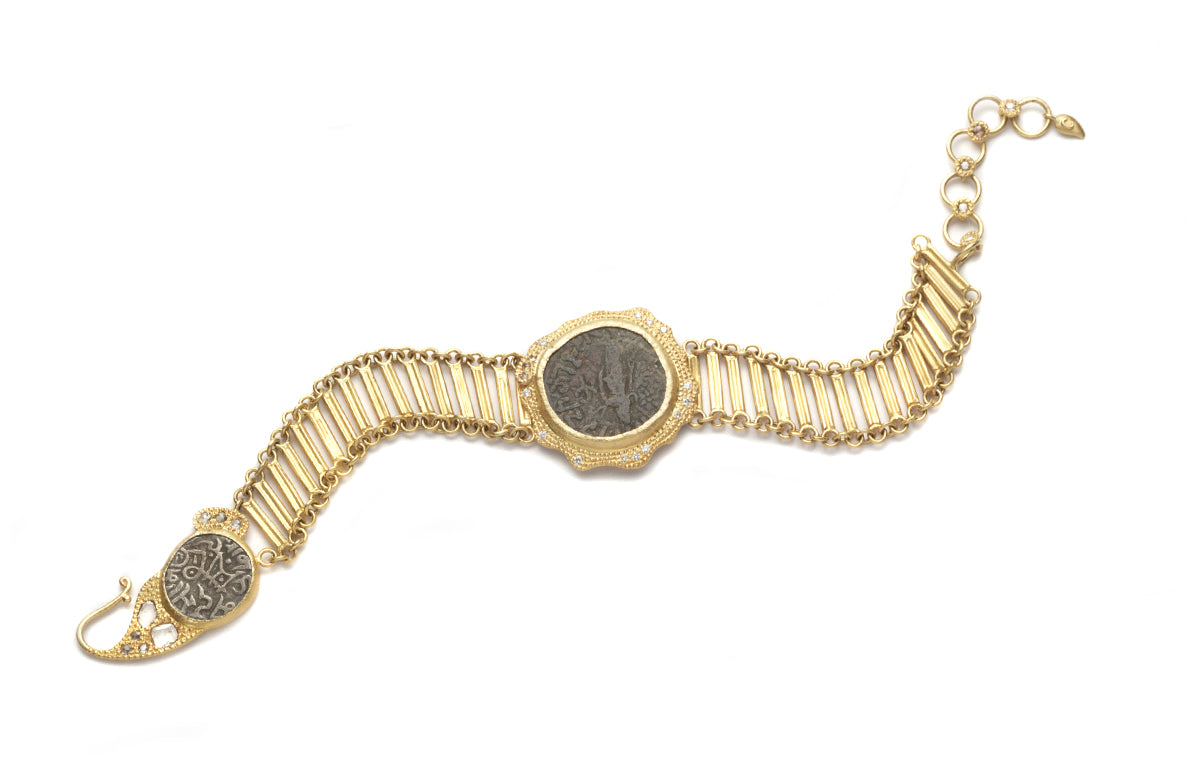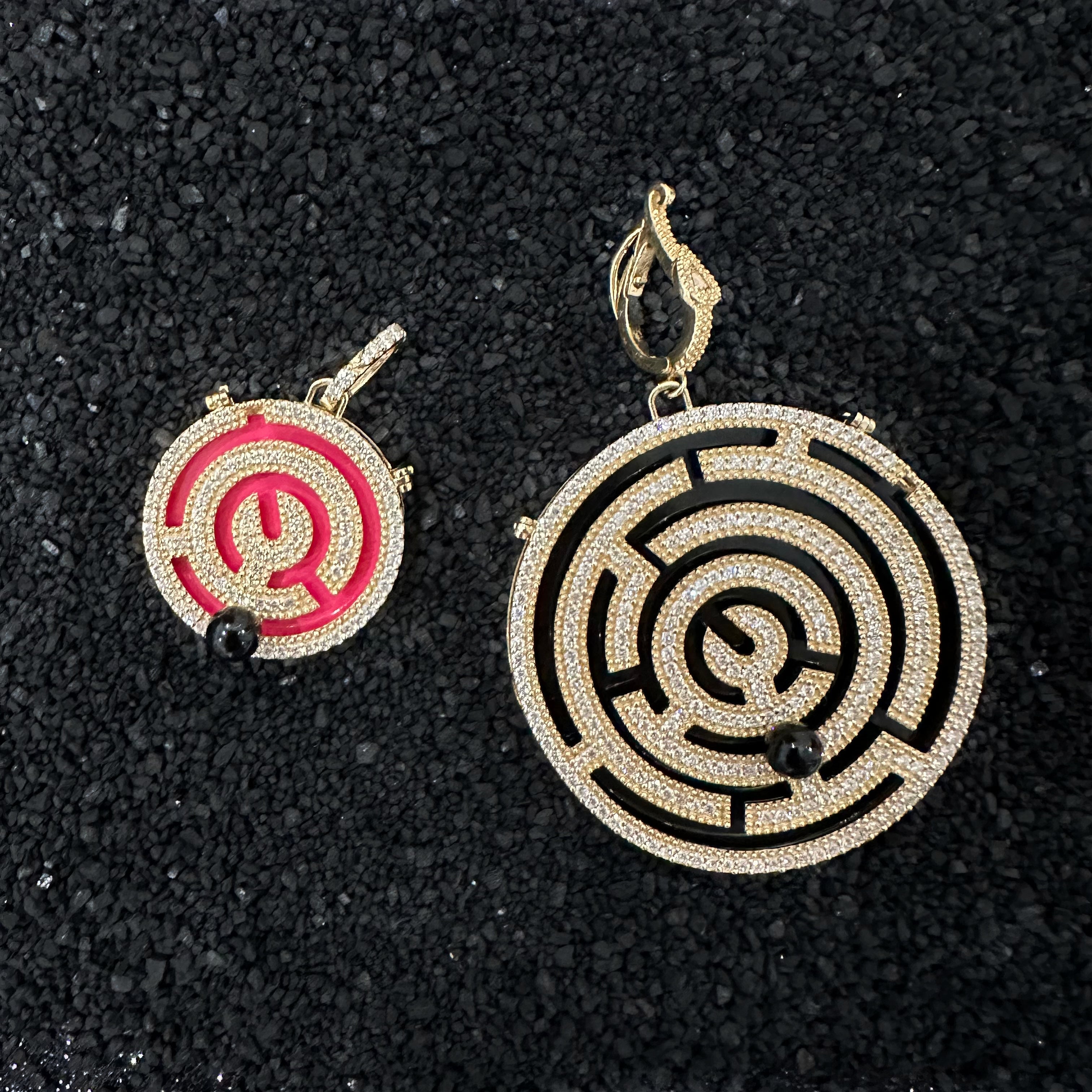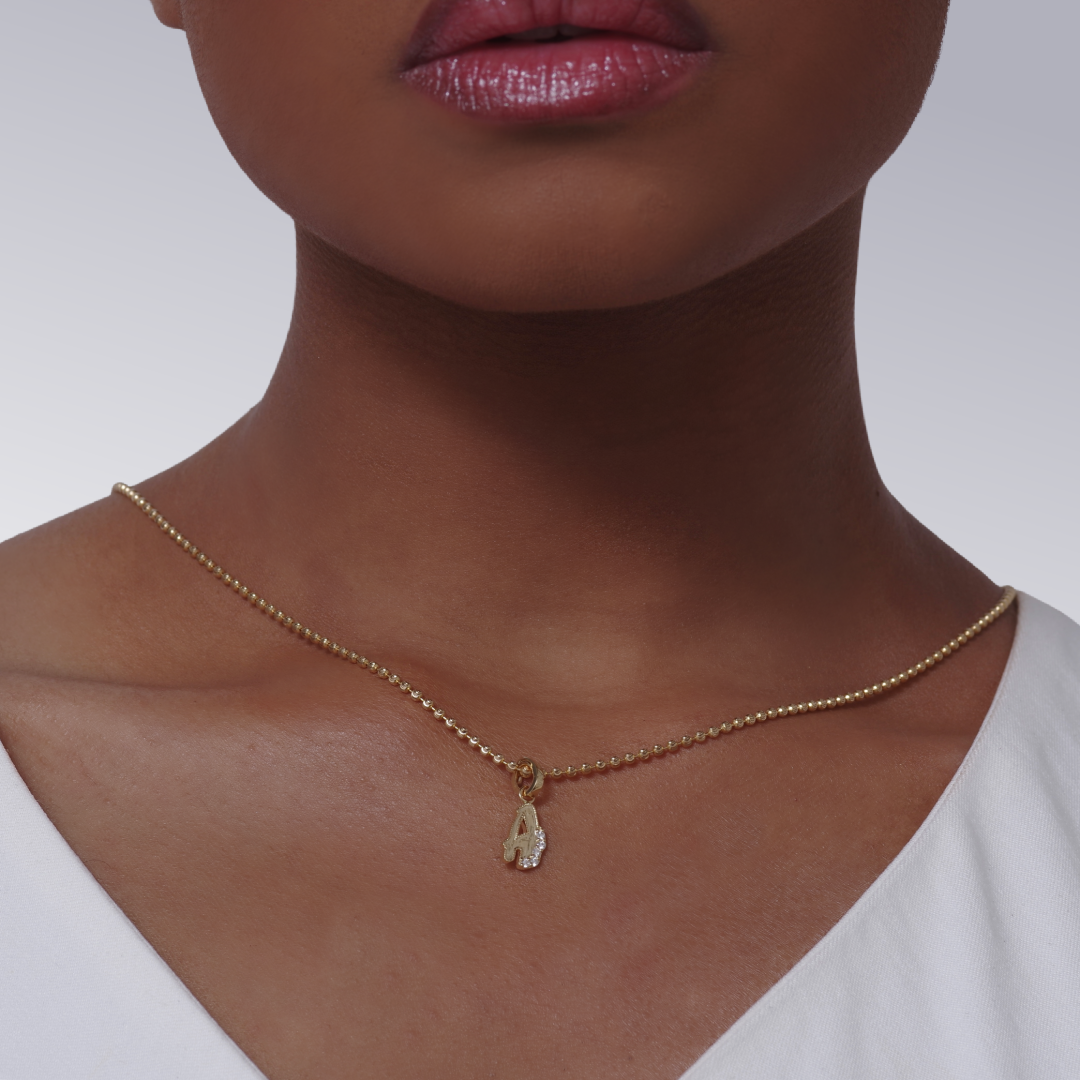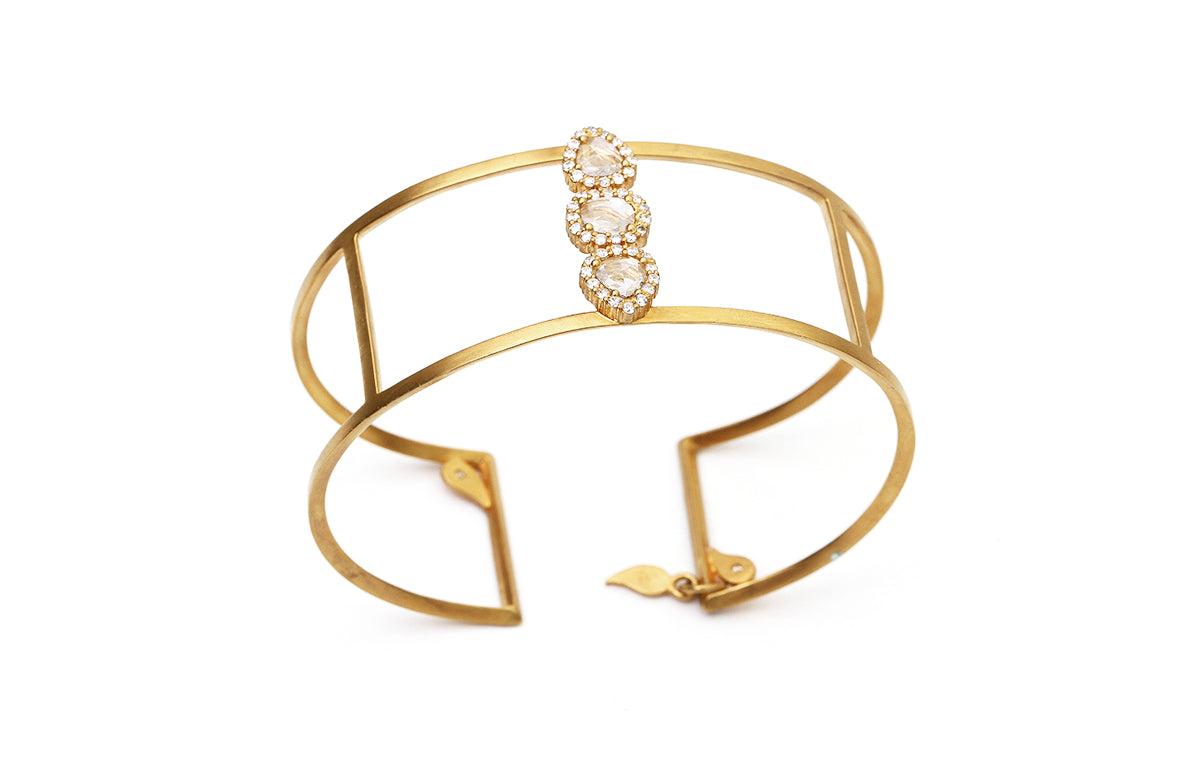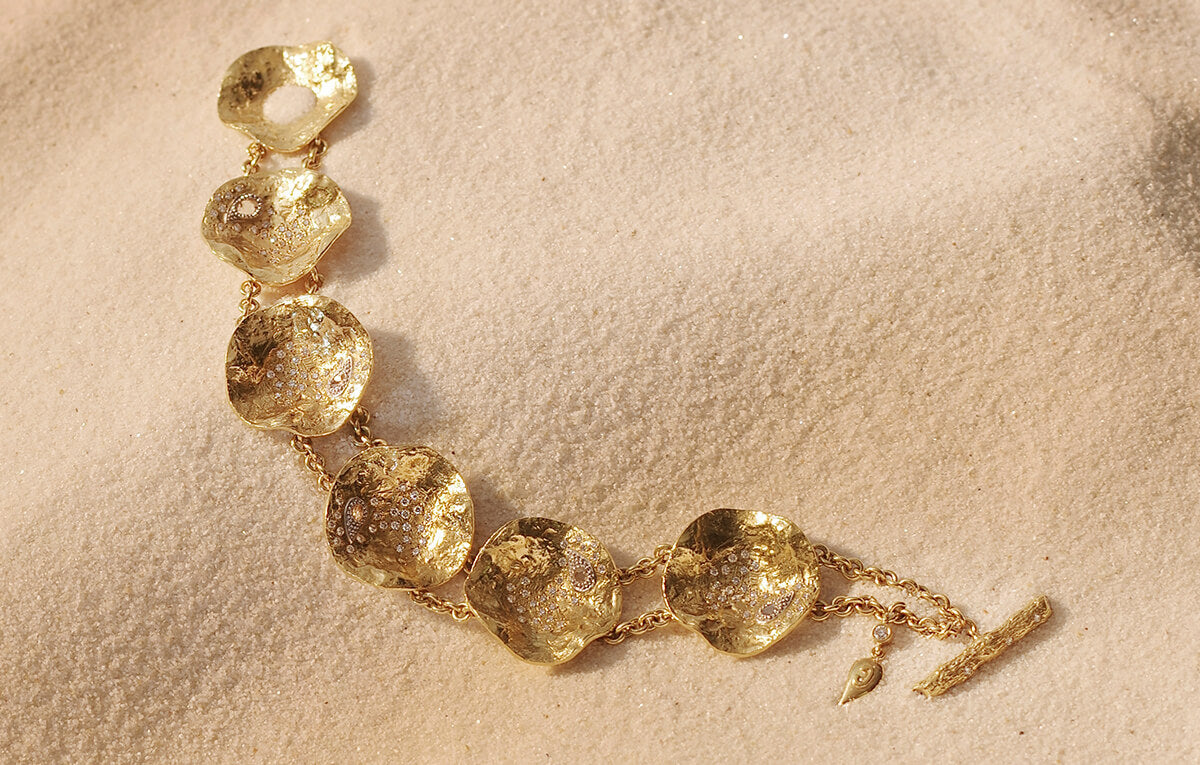Historically speaking, pearls have decorated numerous crown jewels over the last several centuries, and yet one of the most famous pearls in history is not associated with any one nation’s monarchy: The Hope Pearl, which is currently part of the permanent collection of the British Museum of Natural History in London, England. It is, however, adorned with a crown of its own.

It’s no surprise that the pearl is frequently referred to as “The Queen of Gems” considering its long, rich history. However, unlike most of the world’s fine gemstones, the pearl is not found in caves nor does it need to be excavated from the Earth’s terrain. Pearls are formed inside of mollusks; hard-shelled underwater creatures found in both saltwater and freshwater environments.
Produced largely within the mantle of a living mollusk, pearls consist of calcium carbonate in crystalline form deposited in concentric layers. And while any mollusk that can produce a shell is capable of also producing a pearl, according to the American Museum of Natural History, naturally occurring pearls are rare, found only in roughly 1 in every 10,000 animals. And while we often think of pearls as being spherical, this precious gem from the sea can also take on forms which are completely unique and extraordinarily interesting.

As to when exactly pearls were discovered, no one knows for certain or can pinpoint a definite moment, as experts and historians throughout history have stated. Famed writer and gemologist George Frederick Kunz believed that an ancient fish-eating tribe, possibly near India’s coast, were some of the first to find the gems as they searched for food. There are also numerous sacred Indian books containing pearl references and tales claiming that the Hindu god Krishna took a pearl from the sea to present to his daughter on her wedding day.



But India isn’t the only country that claims pearl origins for their own. There are also reports of Egyptians using mother of pearl – which is a material coming from the shell, itself – to adorn themselves and their living spaces back as far as around 4000 B.C. But wherever pearls were first discovered has become a moot point, because it’s where they’re going that’s much more interesting.


Pearls are indeed having a moment and have adorned everything from watch dials to footwear to denim in the last couple of years (be they genuine or otherwise), but it is and always will be the jewelry industry that most benefits from the Queen of Gems. And while pearls are commonly associated with being round in shape and strung on traditional necklaces, designers like Coomi are not only getting more creative with pearls but also with the types and colors of pearls they use in their work.

Traditional round pearls used in making jewelry are usually one of the following four types: Akoya, South Sea, Freshwater, or Tahitian, and pearls can either be cultured or natural. But pearls aren’t always round. They can be “off-round,” teardrop-shaped, or even oval. There are also shapes such as “button,” “coin,” and “ringed,” and then, the shapes start to get really interesting as they get into the “mabe” (a form of blister pearl), “semi-baroque” and “baroque” categories.

A baroque pearl is sometimes dubbed the “snowflake of the sea” because no two baroque pearls are alike. Round pearls are usually purposely matched for strands so the goal is to find several which are identical to each other in color, shape, and size, but the magic of baroque pearls is that – while color may be matched – sizes and shapes usually vary.

